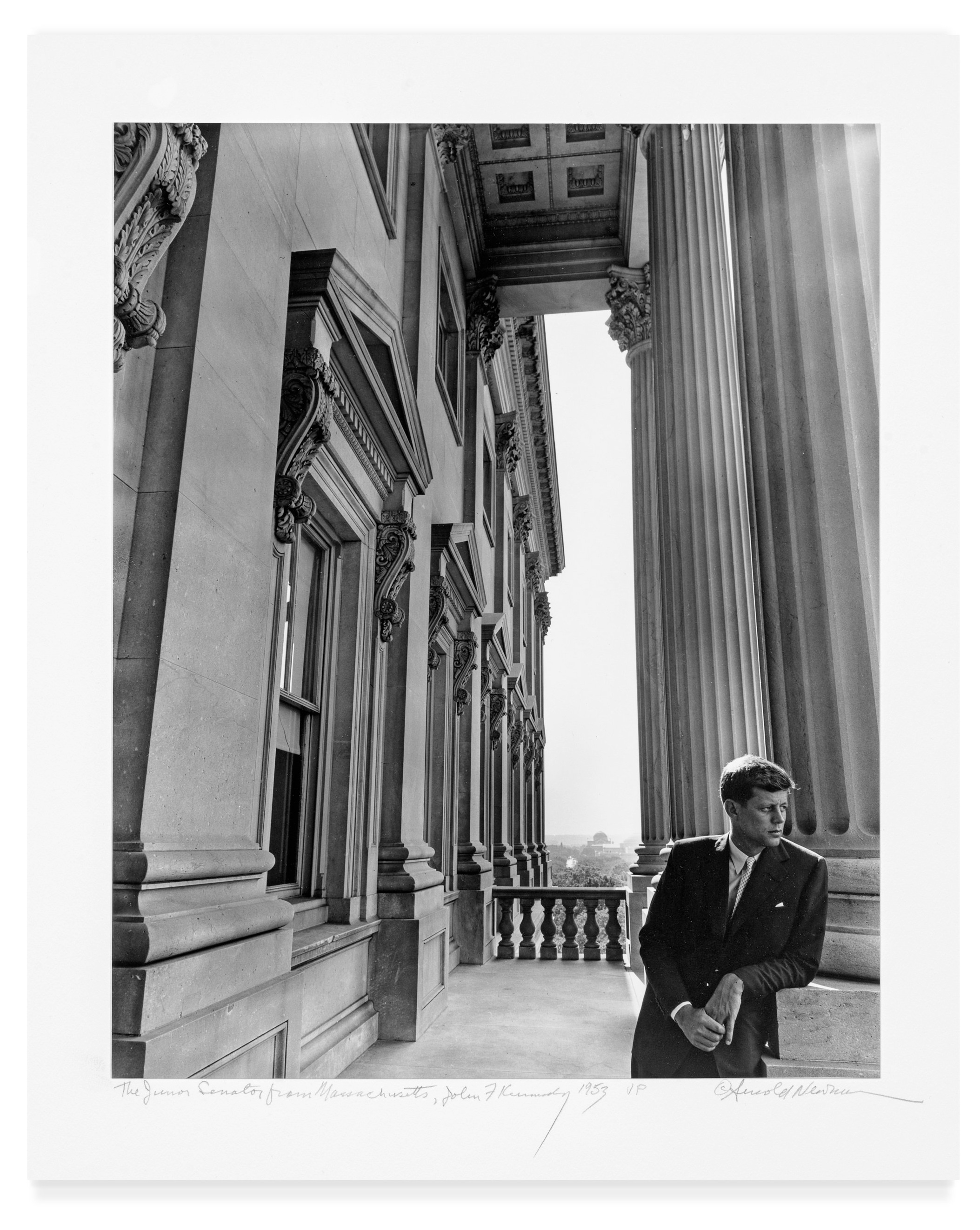Book Review: One Hundred
Self Portrait from “Seeing Arnold Newman” published by Radius Books © 2018
By Kala Herh
Only a handful of photographers are able to create images that transcend the page. Arnold Newman is among them. His success rested not so much on photography tricks, but rather his vision (read: his sight, heart, and creativity). Newman was a master of sifting through the disorder of our three-dimensional world and organizing it into a compelling two-dimensional frame.
Pablo Picasso from “Seeing Arnold Newman” published by Radius Books © 2018
In celebration of the centennial of Arnold Newman’s birth, Radius Books publishes One Hundred to showcase the master photographer’s contribution to the field of photography. The hardcover includes 100 works from the 1930s through the 1990s, presenting the most nuanced portraits of influential art figures, including Marcel Duchamp, David Hockney, and Georgia O’Keeffe. It was his focus on these famous figure’s surroundings that crowned him the “father of the environmental portrait.”
Unfortunately, Arnold resented this title.
Marcel Duchamp from “Seeing Arnold Newman” published by Radius Books © 2018
In a 1992 interview with Photo Pro, Newman argued that he simply “photographs people at ease because I come closer to what I’ve called the ‘common denominator’ of that personality. I am looking to explain that person on a level that everybody would understand.” Newman took photos on his own terms — there were no stark studio or ill-fitted costumes.
In a 1946 portrait on of Igor Stravinsky, Newman revels in two-dimensionality. The highly-accoladed composer occupies a tiny fraction of the frame. However, in every case, the focus is very much on the subject. The grand piano manifests into a quarter note and represents the strength, lyrical and beautifulness of his music. The natural shape that the piano top creates represents not the act of playing, but rather the act of composing for Stravinsky. It is perfectly representative of Newman’s fresh kind of photographic portrait: soft, stylized, and symbolic.
Alfred Krupp from “Seeing Arnold Newman” published by Radius Books © 2018
Newman saw the world to be rich with narrative and the environment as a crucial medium in order to convey that story. More than thirty years after Newman emerged on the photography scene, he photographs one of the most powerful images of his career. The year is 1963 and Newman is photographing Alfred Krupp, a German industrialist, for Newsweek. The Krupp family were no ordinary businessmen — they had built up their empire from profiting from the use of slave labor to supply arms for the Nazis during World War II. Standing in front of the factory floor, Krupp is side lit with a sickly green cast from the industrial fluorescent lights. The result is spine-chilling and unsettlingly demonic with the whites of Krupp’s eyes in stark contrast to his pupils and cutting through his shadowy visage. “It turned out to be one of my best photographs,” Mr. Newman said in an interview. “It was my impression of a Nazi who managed to survive yet killed millions of people, not all were Jews.”
Louise Nevelson (collage) from “Seeing Arnold Newman” published by Radius Books © 2018
Newman does not veer away from visual chaos, but rather actively engages it. All aspects within his frame are in focus and the result is a perfectly crafted arrangement. Newman’s work urge people to see the world simply as space -- a continuum to be explored -- sans separation of foreground and background.
One Hundred by Arnold Newman is published by Radius Books and is available here.
Senator John F. Kennedy from “Seeing Arnold Newman” published by Radius Books © 2018













